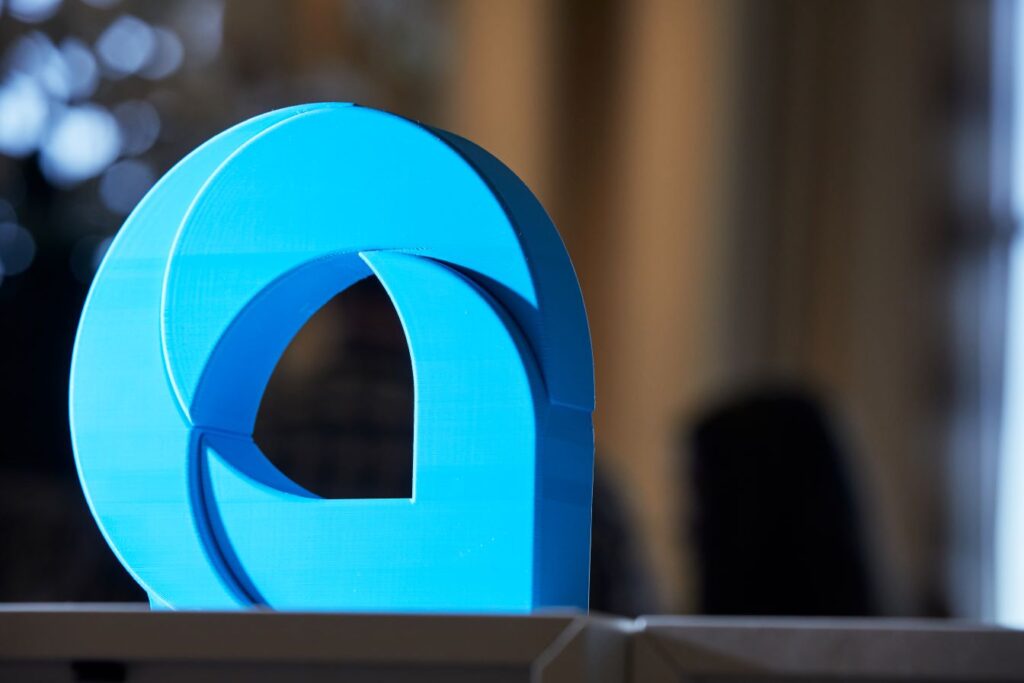
What is Scope Creep?
In ERP implementation, scope creep occurs when a third-party partner convinces you to add software features or extra IT services that were not previously included in your original project scope. Scope creep leads to significant added costs, project delays, and an overcomplicated solution design. The more aspects there are to a technology implementation, the more complicated managing change will be, thus scope creep can cause a need to revisit other aspects of your solution. One step forward in scope creep and scope seep is three steps backwards in the overall project progress, so it’s important to make efforts in preventing scope creep.
Scope Creep vs. Scope Seep
When new aspects are sneakily added into the project plan by an ERP vendor or ERP consultant, it is a scope creep. On the other hand, when we, the project team, voluntarily request additional features beyond the original scope, it is a scope seep. Both are equally as harmful, because they lead to the same consequences, so preventing scope creep and scope seep is both important.
Preventing scope creep is a more common practice, as it’s easier to get turned off when a vendor or software partner proposes extra items, because you can assume they simply want to make more money on the implementation. It is much easier to lower our caution for scope seep, because we assume we have our organization’s best interests in mind – which we do! But a project manager’s good intentions do not always lead to the right outcomes. More often than not, it leads to unnecessary and costly add-ons with low ROI. Every add-on can be tremendously beneficial, but only if it matches the business’s processes and needs.
Four Steps to Preventing Scope Creep and Scope Seep
1. Define clear project tasks and services at the onset
In the first phases of a project, a vendor’s proficiency in business management technology paired with a project manager’s years of knowledge of their company can lead to a rushed start. Do not assume you and your partner are on the same page and always define detailed deliverables and implementation services, and their respective timelines and costs. Do not hesitate to squeeze in a few extra meetings in the beginning to ensure all numbers are drafted clearly on paper.
2. Ask about potential costs relative to your project outline
ERP implementation can lead to a cycle where one feature requires another feature, customization, or integration to function at its best. Because of sunk cost fallacy, we want to optimize the performance of our solution, so we agree to scope creep or scope seep additions. To avoid this, ask about all potential costs before finalizing your project scope. Research common costs by reading detailed case studies in your industry, and aggregating knowledge from various ERP implementation cost guides. Then, ask your ERP vendor or software advisor about these costs, as well as potential costs related to the current solution design.
3. Park scope creep and scope seep items in the parking lot
Scope creep and scope seep ideas are not always useless – in fact they are sometimes perfectly suited for your business growth goals and fit well into your solution design. The problem is that it goes beyond your budget and causes delays. Other times, these add-ons can fall within your budget, but too many aspects in a project scope will extend the time of your implementation, causing your company to be in a change limbo for longer than it has to be. Instead, bookmark these ideas for after the ERP project is complete and your company is running smoothly. Then, working with your ERP consultants, you can determine if you’d like to move forward with a second phase of improving your ERP.
4. Draft a flexible change management plan
Project teams may agree to or request more customizations, integrations, or advanced modules if they notice their team struggling with the new software. Firstly, it’s important to recognize that lost efficiency and lost revenue are common through a big technology change in the enterprise. But with a well-designed change management plan and team dedicated to overseeing change control, you can limit the amount of disruption caused by this ERP implementation. Secure a well-trained change management team who are proficient in the software, so your company can better tackle unexpected challenges, instead of upgrading or adopting unnecessary items in your software.
Preparing for the start of an ERP Implementation? Learn all about Getting ERP Discovery-Ready.
Questions?
Schedule a chat with our team.
Related Resources


Top Spot Secured: The Answer Company’s Role in Acumatica Hackathon Triumph
Read the Article
